Walter De Maria and the Chichu Art Museum: Art Beyond Time and Space on Naoshima
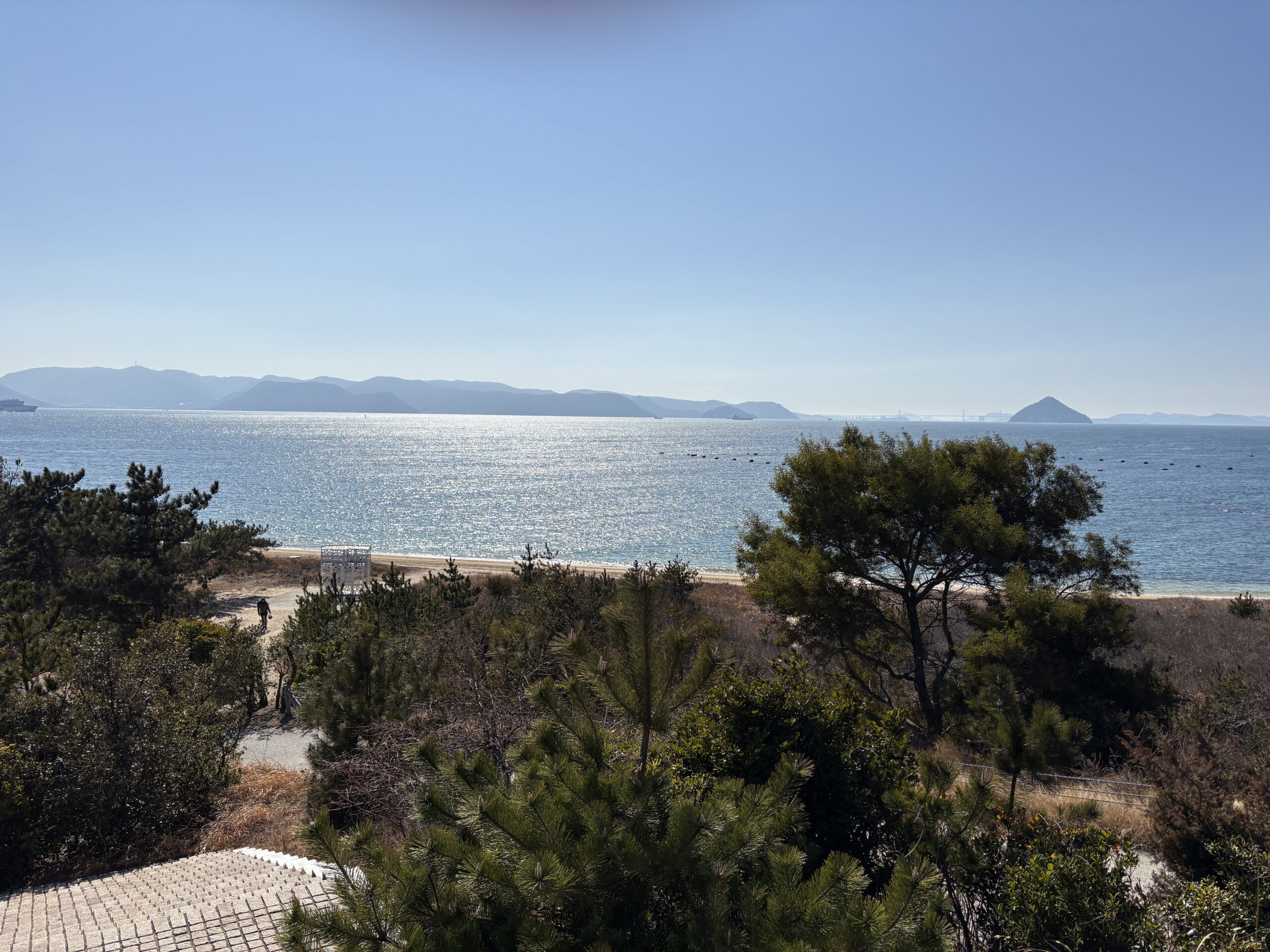
Naoshima, an island where nature and art merge seamlessly, has captivated art enthusiasts and travelers from around the world.
At the heart of this artistic haven lies the Chichu Art Museum, designed by renowned architect Tadao Ando, whose subterranean spaces offer visitors a unique sense of tranquility and deep contemplation.
Among the museum’s most notable pieces is Walter De Maria’s work, “Time/Timeless/No Time”.
This piece explores the universal theme of time, providing viewers with a profound sensory and philosophical experience.
We will delve into how De Maria’s art intersects with the unique environment of Naoshima and challenges our perceptions of time and space.
The Chichu Art Museum and Walter De Maria’s Work
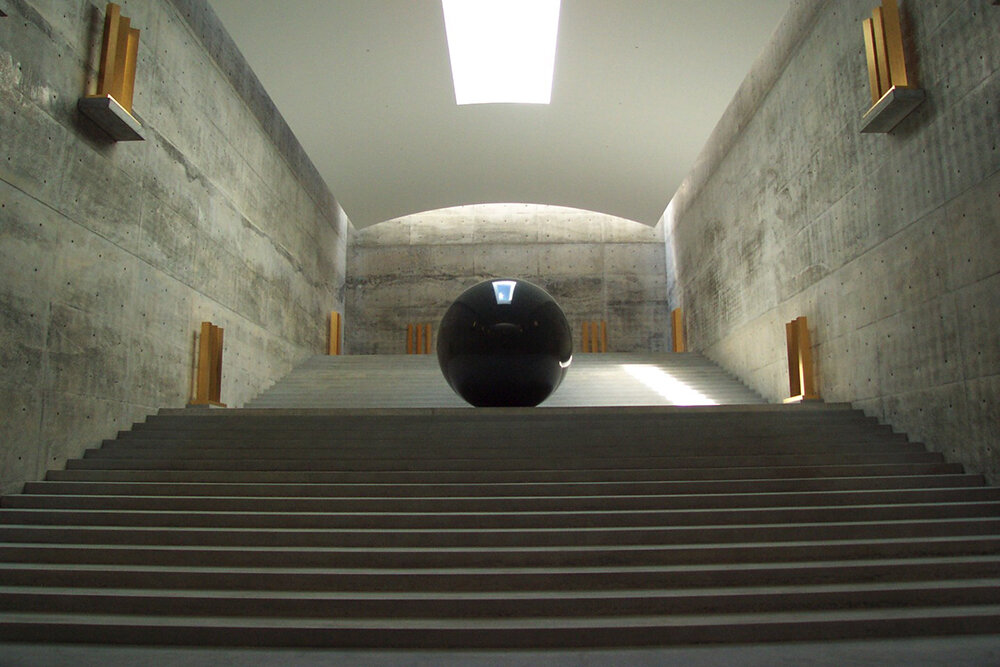
Source:地中美術館 | アート・建築をみる | ベネッセアートサイト直島
The Chichu Art Museum, as its name suggests, is located underground and integrates seamlessly with the surrounding natural landscape.
The building’s distinctive transparency and the mystical quality of the underground spaces leave a lasting impression on visitors.
Within this museum, De Maria’s artwork is displayed, offering a tangible manifestation of his philosophical approach to art.
One of the most significant pieces is “Time/Timeless/No Time”, which challenges the concept of time and provides a physical and sensory experience of its flow.
De Maria’s work engages not only the visual senses but also prompts viewers to reflect on how space and time interact.
Set against the backdrop of Naoshima’s natural environment, his artwork invites viewers to contemplate the way time and space coexist and how they might be transcended.
The Structure and Philosophy of “Time/Timeless/No Time”
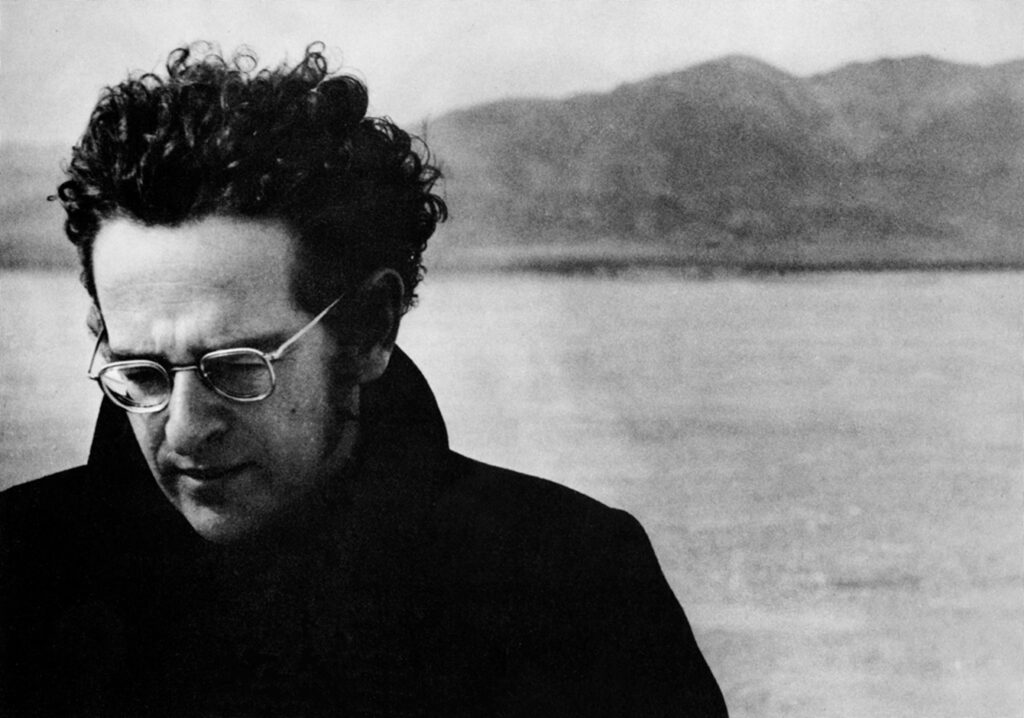
Source:Walter De Maria’s Final Masterpiece Unveiled – Galerie
De Maria’s “Time/Timeless/No Time” is a work that embodies his artistic philosophy regarding time.
The title alone—representing three distinct concepts—reflects his exploration of time in its various forms.
“Time” refers to the flow of time as we typically experience it, “Timeless” suggests an eternal or transcendent state, and “No Time” represents the absence of time altogether.
These three ideas converge in the piece, prompting viewers to reconsider their understanding of time and its passage.
The work features meticulously arranged light, shadow, and spatial elements that suggest the passage of time while simultaneously creating a sense of timelessness.
In the subterranean setting of the Chichu Art Museum, these elements are even more potent, evoking a heightened awareness of time’s fluidity and its inevitable changes.
De Maria’s art doesn’t merely depict time—it makes time something the viewer can feel, experience, and ponder.
Rather than just illustrating the passage of time, De Maria asks how time shapes our perception of reality.
His manipulation of time in the artwork leads us to experience it not only as a linear progression but as something that can be bent, suspended, or even erased.
This interaction between space and time within the context of Naoshima provides a rare opportunity for reflection.
Resonance Between Space, Nature, and Art
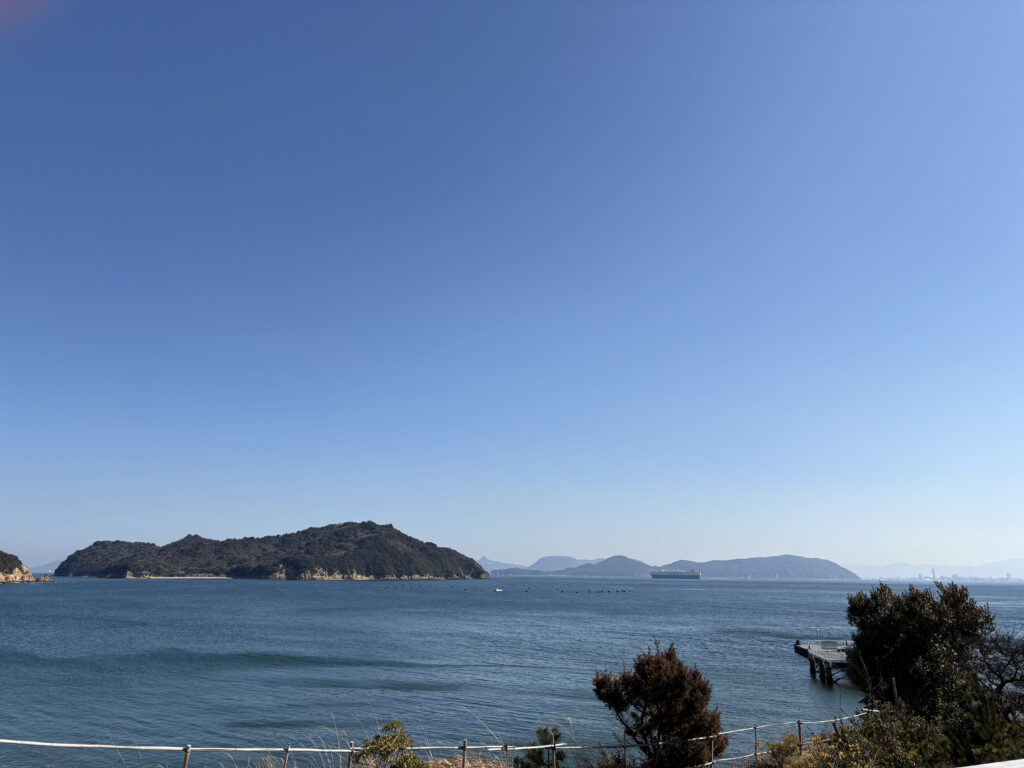
One of the most compelling aspects of De Maria’s work is its fusion with nature.
His art deeply considers the relationship between space and the natural world, and the environment of Naoshima significantly influences the impact of his work.
The island, known for its breathtaking landscapes, functions as an open-air gallery, and the Chichu Art Museum is a key part of this integration of art and nature.
In the context of “Time/Timeless/No Time”, the surrounding natural world enhances the work’s meditative and sensory qualities.
The fluidity of time in the artwork echoes the natural cycles of the island—the changing winds, the shifting colors of the sky, and the tranquil rhythm of the sea.
De Maria’s use of natural elements invites viewers to experience time not as an abstract concept but as something that is grounded in the world around us.
The experience of his work in the context of Naoshima’s environment creates a profound dialogue between art, space, and nature.
Visitors are invited to contemplate time in a way that transcends mere observation, instead engaging with the piece on a more sensory and existential level.
The intermingling of art and nature blurs the boundaries between them, offering a holistic experience of time itself.
The Chichu Art Museum and the Art Experience
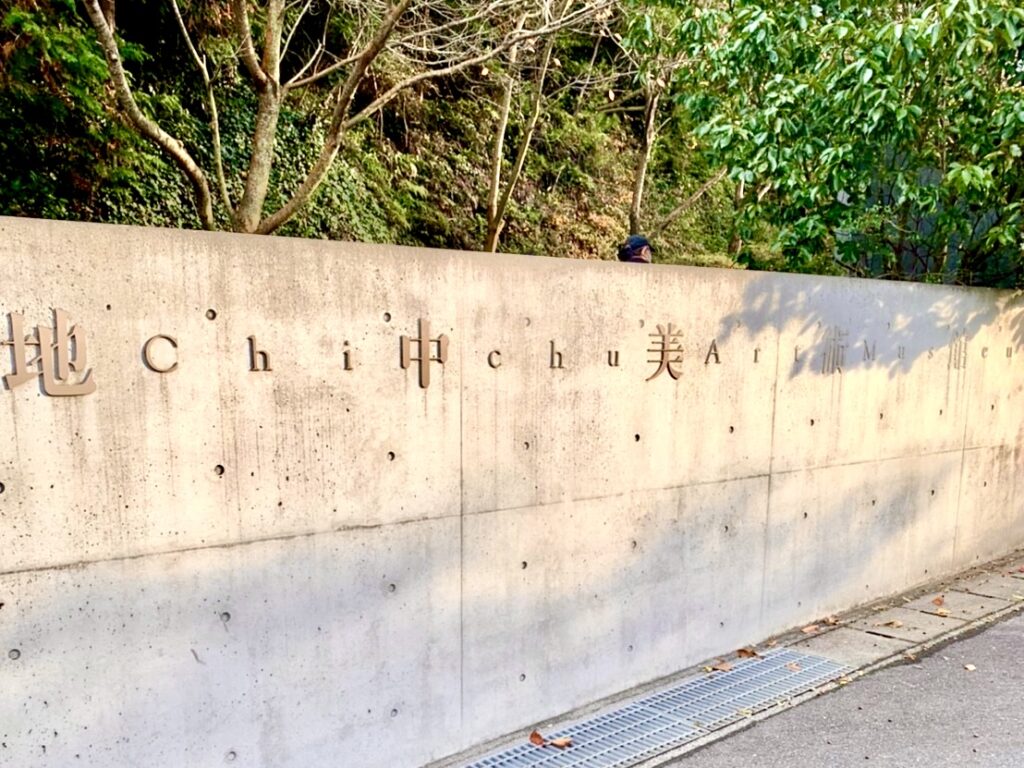
The design of the Chichu Art Museum is also intricately linked to De Maria’s work.
The underground layout of the museum, combined with its careful use of natural light, creates an ideal space for his art to resonate.
Visitors to the museum enter a serene and reflective environment, where the presence of De Maria’s work enhances the feeling of timelessness.
The architecture itself becomes part of the artistic experience.
As visitors move through the museum, they are guided by the flow of light and the changing perspectives within the space, creating a sense of time’s passage.
The museum is not just a passive setting—it actively shapes the experience of the artwork, allowing visitors to engage with time and space in new and profound ways.
Questions About Time and Existence
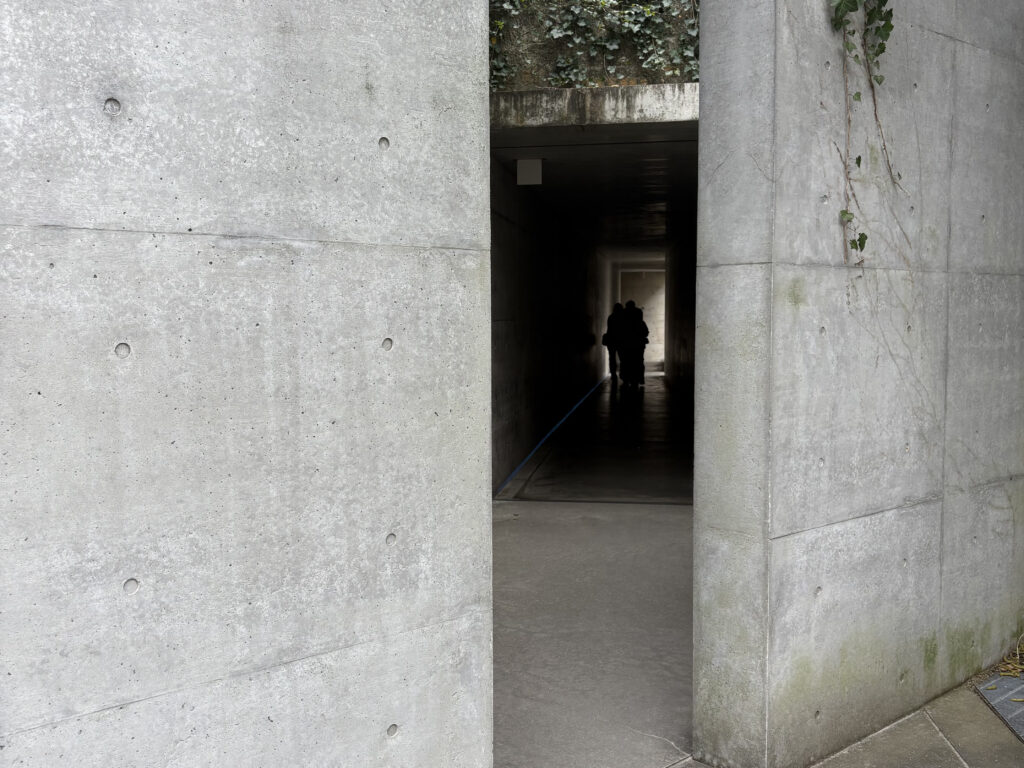
“Time/Timeless/No Time” is more than just a visual piece; it is a challenge to our understanding of time itself.
De Maria uses the elements of time and space to question the nature of existence.
The work asks us to reflect on how we live within the passage of time, how we experience it, and how we might transcend it. The work doesn’t merely depict time—it immerses the viewer in the experience of time.
De Maria’s manipulation of time within the Chichu Art Museum, in tandem with the unique natural environment of Naoshima, creates a profound dialogue.
Through his work, time becomes something we can feel, not just observe.
It encourages us to reconsider our relationship with time, to contemplate its passage, and to question whether time itself can be transcended.
Conclusion: An Art Experience Beyond Time on Naoshima
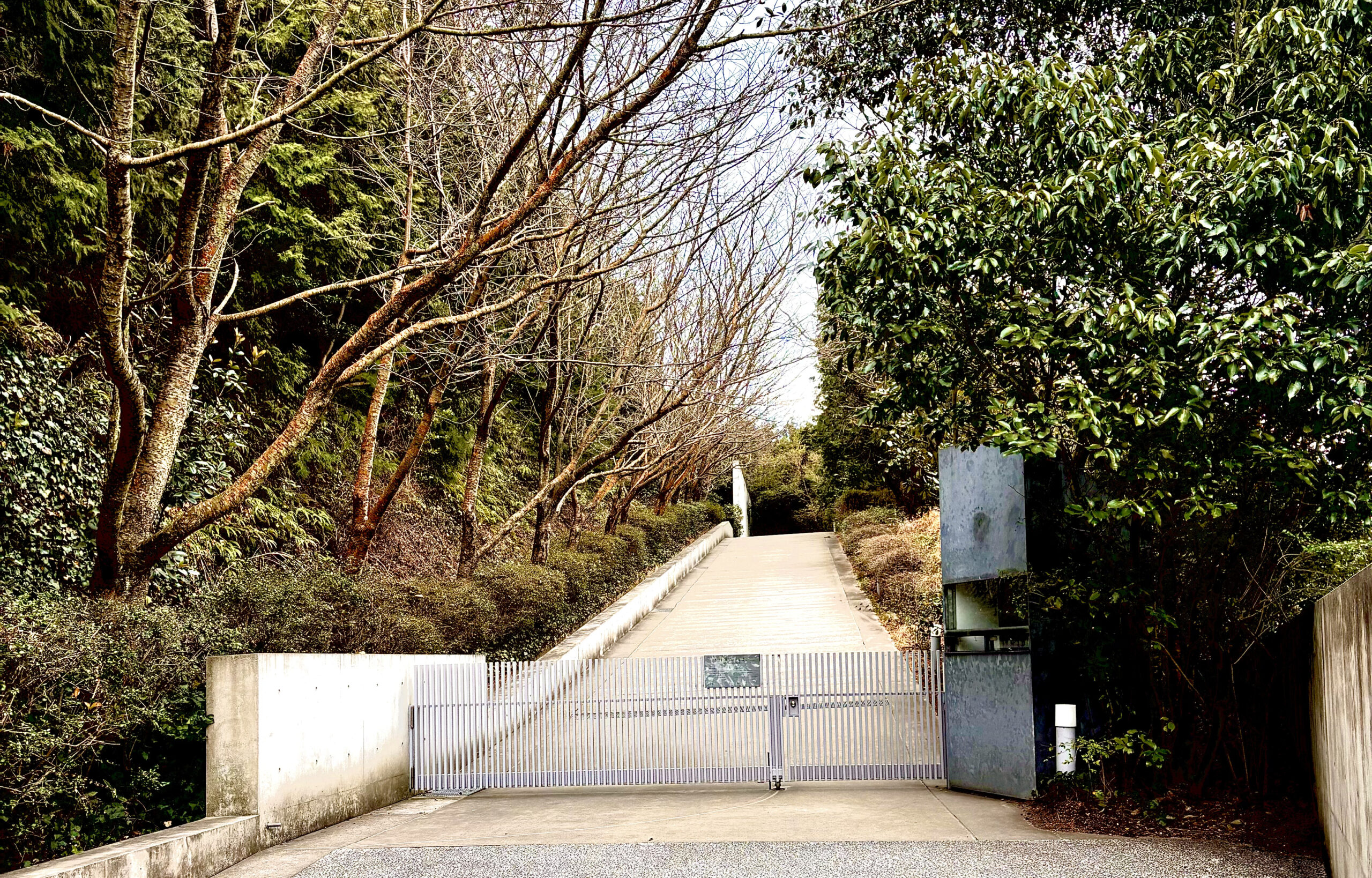
Walter De Maria’s “Time/Timeless/No Time” provides a unique opportunity to experience time in an entirely new way.
In the Chichu Art Museum, surrounded by the natural beauty of Naoshima, his work encourages viewers to rethink the flow of time and its relationship with space.
The seamless integration of art and nature on Naoshima creates an environment where time becomes more than just a measurement—it becomes an experience, an opportunity for deep reflection.
De Maria’s work transcends the conventional understanding of time, offering viewers a rare opportunity to explore the intersection of time, space, and existence.
Through his art, we are not just observers of time; we are participants in it, experiencing it, and ultimately, transcending it.
